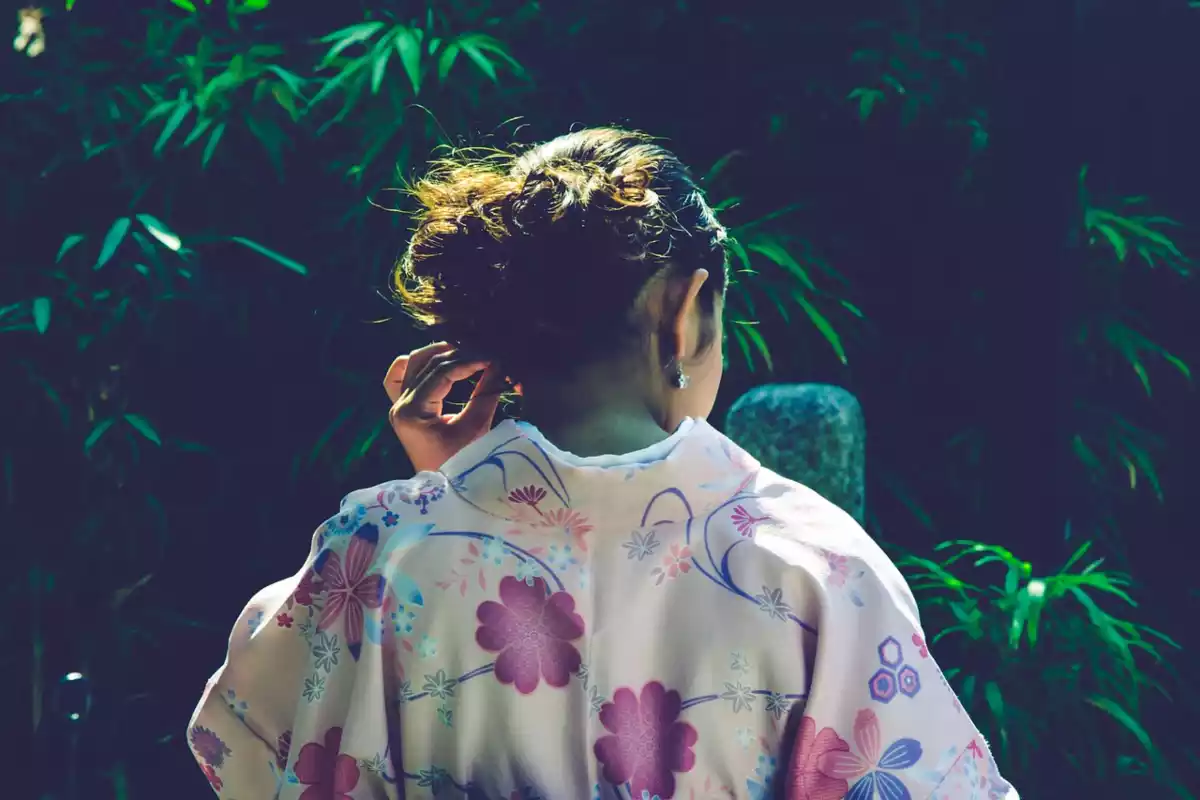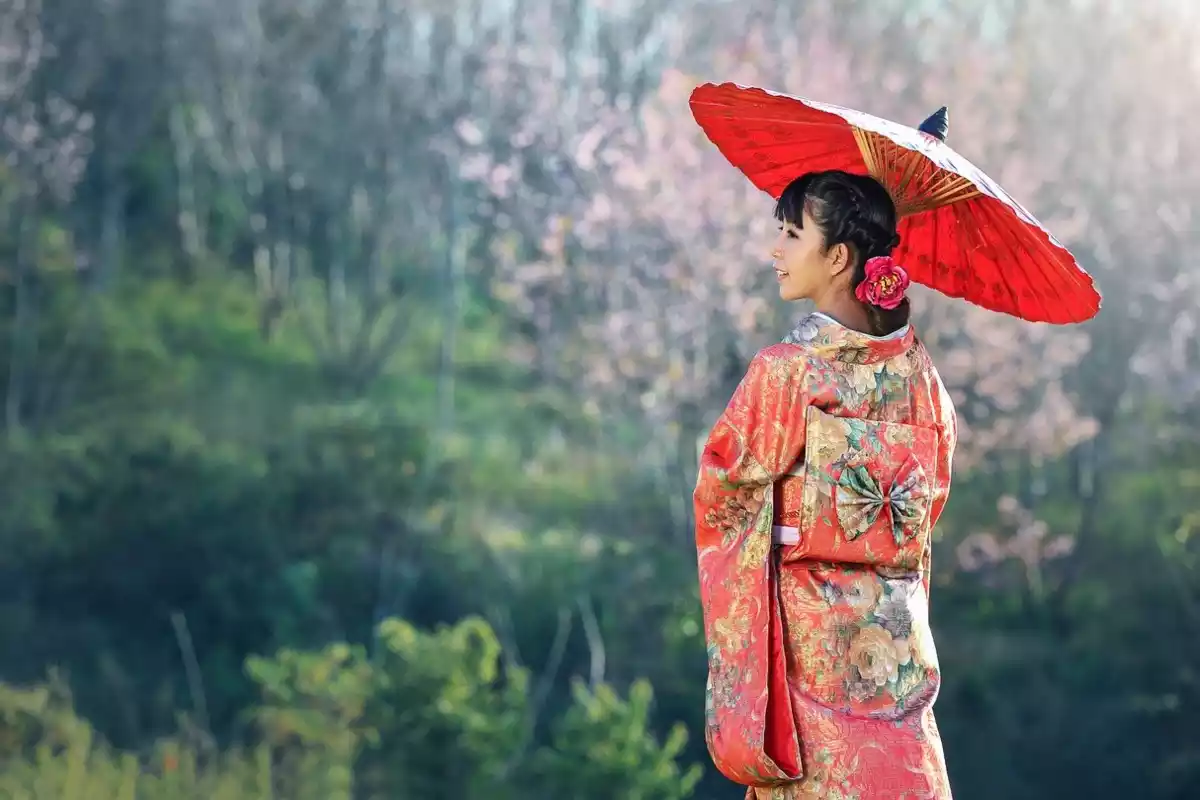The oriental philosophy of Wabi-Sabi has its origins in the traditional Japanese tea ceremony. Nowadays, it is a concept used to define the beauty that is found in the imperfect, an understanding of the world in which existence is fleeting, so we should not worry about small imperfections, but instead, find happiness in them. In this article, we will define what the Wabi-Sabi philosophy is, the principles on which it is based and how this philosophy is applied in everyday life.
What is Wabi-Sabi?
"Sabi" is an untranslatable Japanese term, and it is also an indefinable word for Japanese people, themselves. More than a concept with a single meaning, Wabi-Sabi is considered a philosophy, a way of life. The expression is a fundamental part of Japanese aesthetics, old ideas that still govern the rules of good taste and beauty of the country.
The Japanese expression originated in Taoism (philosophical theories and religious beliefs arising in China) during the Song dynasty, between 960 and 1279, and then passed down to Zen Buddhism. The first part of the expression, the word Wabi, comes from the root wa, which refers to harmony, peace, tranquility. Applied to a person, "Wabi" refers to those who are satisfied with very little and understand the wisdom of nature. Wabi people do not feel anger.

On the other hand, "Sabi" means "the flower of time." It refers to the natural progression of time, decay, degradation. In other words, these terms help us understand that beauty is ephemeral. At first, Wabi-Sabi was seen as a form of austere and restricted appreciation of material things. Nowadays, the term is related to a relaxed acceptance that everything is transitory, with the imperfect nature of life and how everything is incomplete, be it a piece of ceramic or a building. It is the fleeting beauty of everything that is not perfect, that is unfinished or defective.
10 principles of the Wabi-Sabi philosophy
Although a somewhat abstract philosophy, Wabi-Sabi is increasingly appreciated not only in Oriental cultures but all over the world as well. Many people try to apply the austerity principles to their daily life to lead a more uncomplicated and carefree living. The principles that characterize the Japanese secret for happiness, as some call it, and that can be applied to our routines are:
1. Live in the moment
Let go of unnecessary thoughts about the past or the future.
2. Simplicity
Learn to pay attention to the things that truly matter to you.
3. Space
Leave space in your life for new things to come in without clinging to old ones.
5. Intuition
Trust your gut feeling more irrespective of logical thinking.
6. Fleeting beauty
Beauty is transient; it doesn't last.
7. Accept imperfection
This is one of the essential principles of Wabi-Sabi. One must adapt to unexpected changes and make the most of the situations that life throws at us. Accept people, things, and nature as it is, imperfections included.
8. Asymmetry
As opposed to the Western beauty standards, which focus on perfection and symmetry, with Wabi-Sabi we must free ourselves from the desire to own things or to keep a strict symmetry in the way we decorate our homes.
9. Peace
Free yourself from unnecessary noise, from old mental "junk" and from distractions that prevent you from finding inner peace.
10. Humility, modesty, and austerity
Be yourself without projecting your ego. Make a simple life for yourself without pretentious aspirations. In short, everything changes; it is inevitable. According to the Wabi-Sabi philosophy, you have to enjoy the idea that each day is new and different, that the world is full of variables and that nothing is static.
Wabi-Sabi lifestyle
Even though Wabi-Sabi does not possess strict guidelines, it represents a philosophy that governs every minute detail of Japanese life. The ancient art of Wabi-cha, a style of tea ceremony, is an example of the presence of Wabi-Sabi. This ceremony, established at the end of the 15th century by the tea masters Murata Juko and Sen no Rikyu, was characterized by the ceramic pieces that were used.
The teachers, instead of using the famous pottery imported from China, considered perfect for the ceremony, opted for the typical Japanese pottery. No color, no designs, no ornaments. They were minimalist pieces, with muted colors, which had always gone unnoticed and which, for the masters, enriched the ceremony. The small irregularities on the cups, the dents, the odd shapes are seen as a creation of nature ( instead of being seen as mistakes), something that we would have to accept without any problem.
Nature, then, is considered a source of beauty that can be found in details such as colors, designs and asymmetries. This concept and way of perceiving the world is now being applied to interior design as well. These are spaces characterized by eliminating everything unnecessary and merely leaving the essentials. This minimalist style is marked by:
Use of natural materials
Wabi-Sabi uses wood as the basic material and promotes the use of materials such as ceramics, stone, marble or glass because they are more natural and organic than human-made plastic. These materials are prone to deformation and cracking, something completely natural.
Muted colors
Many times the colors used are dark, extracted from the browns, grays, greens and blacks found nature. They help create harmonious and serene atmospheres, sincere and intimate experiences.
Celebrate the imperfection
In Wabi-Sabi, authenticity is prized above all other attributes. Cracks, cracks in objects, marks that originate from the passage of time and climate are part of nature, which is perfect in its imperfections. In design, you learn to enjoy the stains, the rust and frayed edges that happen over time.
Wabi-Sabi is an intuitive philosophy, more than an intellectual approach, illustrated by the presence of natural processes, simplicity, modesty, and asymmetry. This aesthetic is attentive to details, delicate and without effects, and it humbly values every imperfect form and the materials that make it. Wabi-Sabi values, first and foremost, simplicity.
- This article about "The Wabi-Sabi" was originally published in Spanish in Viviendo La Salud

